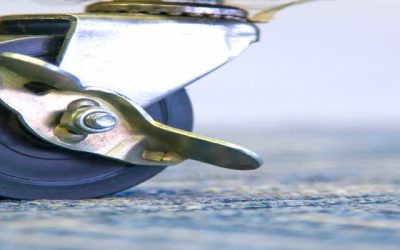Americans love their carbonated drinks. Even the shift to healthier beverage options has not stopped the preference for carbonation. Companies that want to keep ahead of the trends and ensure they are ready to adapt to any future changes realize that they must have a quality carbonation system. They must regularly examine the demands of the market and match it with the capabilities of their equipment.
Market Segments in Carbonated Beverages
Traditionally, the carbonized beverage market has been dominated by soft drinks. Companies produce a variety of flavors with colas, diet colas, root beer and ginger being among the most common. Name brands abound with the top two colas still fighting over market share. However, the market has begun to soften for sodas. The public is looking for different and original flavors. They are also turning towards healthier products in a bid to be health conscious.
Recently, carbonated water has begun to gain in percentage points. In fact, the annual gain for the past few years has been approximately 10% each year. Flavored carbonated water is becoming increasingly popular among certain groups of people. The same can be said for the few carbonated energy and sports drinks. They appeal to the active, those who want to be active and people who need a sudden jolt of energy.
To other constant markets beverage companies may focus on are beer and wine. Beer continues to be popular. Craft brewer are continually devising a twist on an ancient beverage. Commercial breweries are producing light and brews with different alcohol contents and flavors. As for sparkling wines – they are more seasonal. They continue, however, to make regular appearances on special occasions and at annual events.
Technology and Carbonization
The different drinks require different levels of carbonization. A solid carbonation system can handle the diverse requirements with ease. Older systems are still in usage, but technology has introduced a variety of changes. These include
* Automation
* Computerization
* Inline carbonization
All are excellent tools employed to ensure the levels of CO2 are correct for each batch. They monitor and regulate the levels throughout the production. This ensures consistency. Computerized monitors are excellent tools for ensuring preciseness. Inline carbonators incorporate automation, computers and human capabilities to provide the beverage, whether it is water or beer with
* Consistent levels of CO2
* Prevents overflow of bottles or cans
* Ensures the product does not suffer from either over or under-carbonization
Carbonization technology is improving all the time as it works to the advantage of both producers and consumers.
The Right Carbonation System
Carbonation is a taste Americans acquired and accepted as the norm for many different beverages. While flavors may change, the desire for that fizzy tingle in the mouth has not. Beverage companies continue to produce traditional and new drinks that range anywhere from lightly to heavily carbonated. To get the levels of carbonation right and to maintain them at the desired level requires the right equipment. Some still use an old-school carbonation system; however, more companies are now installing the latest technology to help improve consistency while reducing costs.



